My Favorite ESL Grammar Books
As much as it has become natural to turn to the internet for answers in modern life, the internet has serious quality control issues. In some areas, people are happy to take in poor quality information and run with it. But, when it comes to something serious like English grammar, be cautious. If you have ever tried to get English grammar answers from ChatGPT, you have probably come face-to-face with the limits of online content. Drawing on faulty data, ChatGPT will soon present some of it as accurate, and if you don’t know better, you could end up passing it on to students.
Pick up a book and avoid that situation. You won’t find what you’re looking for as quickly, but looking in a respectable grammar book will give you more reliable information.
In my opinion, there’s no one book that will give you every answer. Understandably, the writers of these texts can’t be exhaustive with every subtopic - to do so would result in something unreadable. However, you never know when what they’re leaving out is what you actually need - unless you read more widely. So when it comes to certain grammar points, you’re best off looking in several books.
Below are the four English grammar books that I use the most.
Full Disclosure: This page contains affiliate links. Purchases made through such links will reward me a small commission at no extra cost to you. As an Amazon Associate, I earn from qualifying purchases.
Grammar for English Language Teachers
By Martin Parrott
This book has been invaluable to me. It’s very readable - I have read many chapters from start to finish. It can be used as a reference text as well, but you'll find some reading is necessary. Chapters tend to focus on how most English speakers use the language with references to less common uses and British and American differences. It includes a lot of information about what learners are often taught and the mistakes they tend to make. For this reason, I think it’s an appropriate text for a teacher who is just starting out, while remaining useful still for seasoned instructors. It covers most of the more advanced grammar that I've wanted to know about. Overall, the text strikes a good balance between advanced grammar points and being easy to understand.
Other notes: This book includes some British terminology that was initially unfamiliar to me. My experience is with the first edition.
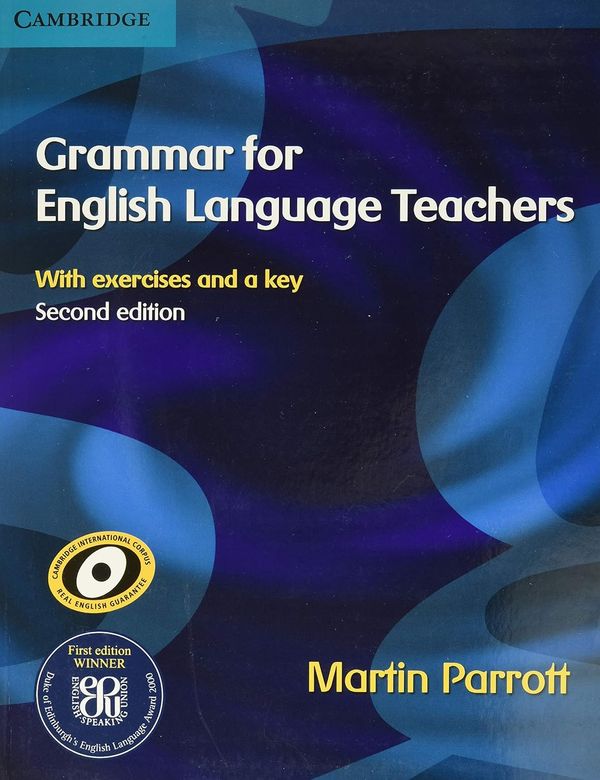
Grammar for English Language Teachers, by Martin Parrot
[Cambridge University Press]
Readable as a book: 9/10
Usable as a reference text: 6/10
Understanding and Using English Grammar
By Betty S. Azar & Stacy A. Hagen
This is grammar-centric textbook is designed to be used by students in a classroom. It contains many exercises, including listening exercises, and communicative activities for pairs and groups. If this were the sole text of a class, the class might be overly grammar focused. However, I have found this book very useful to draw from and refer to.
What I really like about this book is how it builds understanding of grammar points. It typically starts with warm-up and ‘notice’ activities, and then methodically goes through what a learner needs to know. The key information is clearly presented in chart form, and there are exercises that are designed to shed light on and reinforce each aspect of a grammar point. It lacks overarching chapter themes, and in that respect it differs from the classroom texts that are in vogue these days. However, if you respond to comprehensive, clear information, you will probably like Understanding and Using English Grammar.
In terms of difficulty, the content of this book spans low-intermediate to relatively advanced. It doesn’t necessarily address all of the most advanced grammar that might come up. Also, there are easier books in the series titled Fundamentals and Basic.
Other notes: My experience is with the fourth edition.
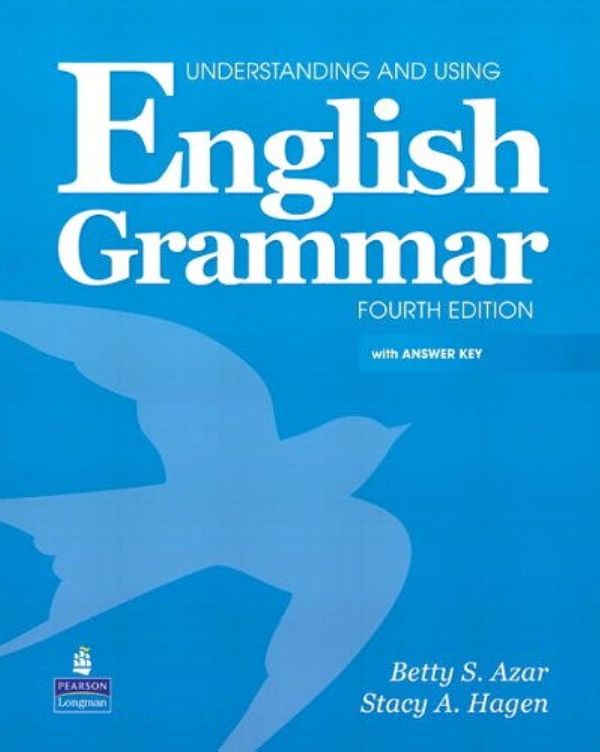
Understanding and Using English Grammar, by Betty S. Azar & Stacy A. Hagen
[Pearson Education]
Readable as a book: 7/10
Usable as a reference text: 8/10
English Grammar in Use Intermediate
By Raymond Murphy
Like the Azar book above, this is a very grammar-focused book that lacks overarching themes. In my experience, this book and its variations are well known as the go-to texts for self-study. I think students like them because the grammar points are clearly separated and have their own corresponding practice exercises.
As clear as the layout is, I wouldn’t go to this book first if I wanted to understand something. Its explanations tend toward sparse and lack some of the readability of the two books above, though it's full of good examples. It is excellent as a reference text, and for the purpose of assigning extra practice to students in the name of reinforcement or review.
There are multiple difficulty levels in this series, and some of them can be found with the grammar explanations in different languages.
Other notes: Most of my experience is with the third edition.
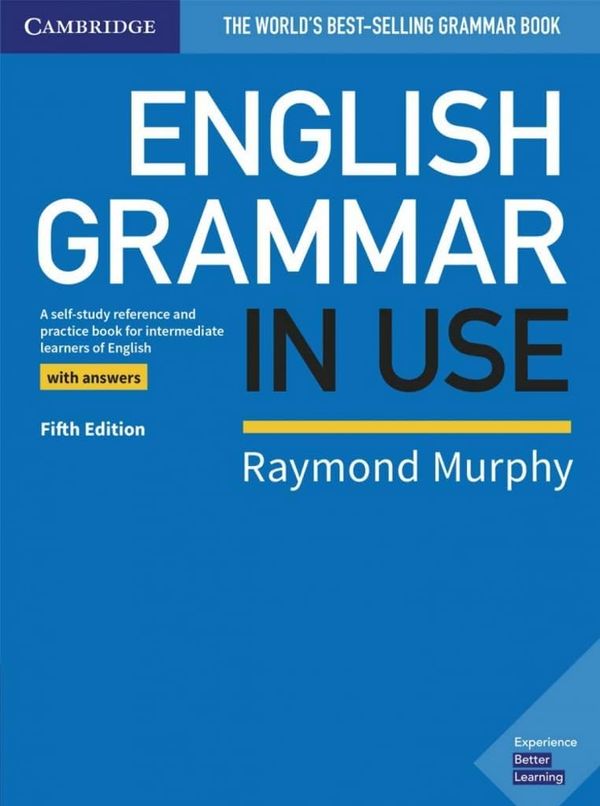
English Grammar in Use Intermediate, by Raymond Murphy
[Cambridge University Press]
Readable as a book: 4/10
Usable as a reference text: 8/10
Practical English Usage
By Michael Swan
This well-known tome is the most reference-style book on this list. It’s designed for teachers and students to be able to look up exactly what they’re interested in via the contents or index. It’s also in alphabetical order, which means that concepts aren’t always alongside related points. Accordingly, this book is unlikely to be read through from beginning to end (except by the people who read dictionaries for fun).
For the most part, I appreciate this book alongside the others. To understand a particular grammar point, the other books on this list come first, but it’s usually worth checking what Swan says about something to help round out one’s understanding. Also, this book is not only dedicated to grammar and features quite a lot of other examples of English usage, like punctuation and the quirks of certain words.
Other notes: My experience is with the third edition.
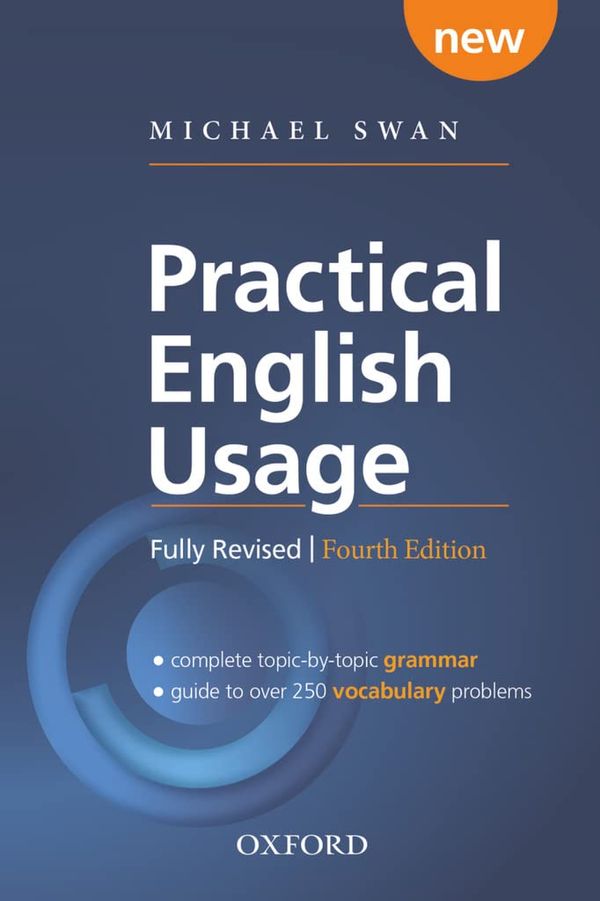
Practical English Usage, by Michael Swan
[Oxford University Press]
Readable as a book: 2/10
Usable as a reference text: 9/10
_ Special Mention _
How to Teach Grammar
By Scott Thornbury
This book, which I’ve only recently read, is not a grammar reference book. Nonetheless, it should be of interest to teachers. Thornbury takes the reader through the different schools of thought on teaching grammar. He then demonstrates with lesson plan examples a wide variety of ways of teaching it. I think it’s a good read and would suit anyone considering studying language teaching further. It would also be good for teachers that are looking for different ways of structuring a grammar lesson. You could easily adjust many of the lessons within to cover the grammar you’re hoping to teach.
Other notes: My experience is with the first edition - I think there’s only one.
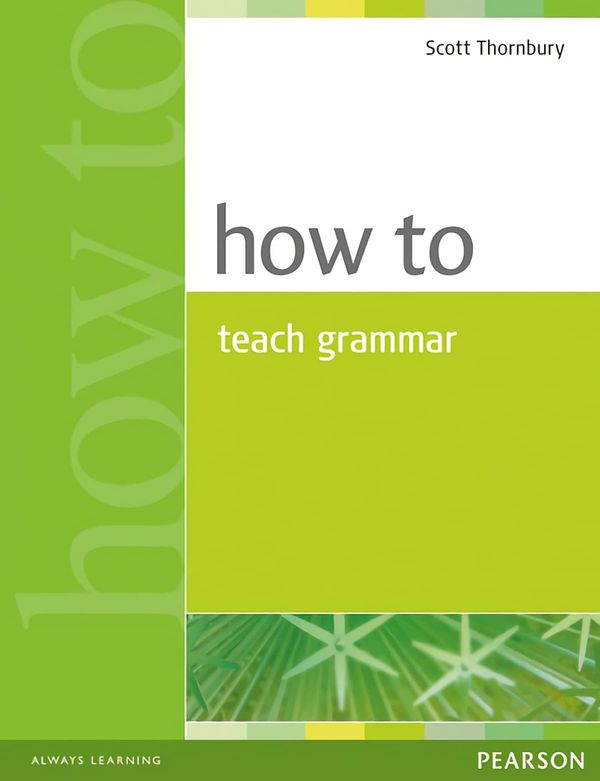
How to Teach Grammar, by Scott Thornbury
[Pearson Education]
Readable as a book: 9/10
Not a reference text.